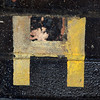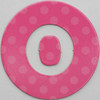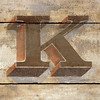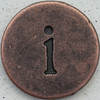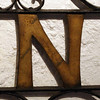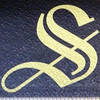
For this "thing" I created an account in Flick'r and uploaded a set of photos I recently took of the media centers around my school district so I could share them with my fellow Media Specialists. I've been wanting a way to do this, and Flick'r gave me the tool I needed.
In my school district (Hopkins) our Q-Comp model includes "Master Teachers" who observe each licensed staff member twice a year and then write up reports based on the criteria for best instructional practices designed by Charlotte Danielson. This year we Media Specialists have our own "Master Teacher" (me) who spends time with each Media Specialist and writes observation reports based on the Minnesota Standards for Effective School Media Centers developed a few years ago my MEMO, which is a process much more pertinent to the breadth of the work we do than the lesson-observation model the regular teachers use.
One of our newer media specialists recently rearranged significant portions of her collection and was looking for ideas for how to label the different areas to help students navigate the Media Center. She asked me if I would mind taking a few photos of signage when I visit the other Media Specialists so she could see how they are handling this task. Good idea! I took a digital camera along and snapped a few photos in each school, which I put into an album in iPhoto, and yesterday I uploaded them to a "set" on Flickr. Today I will e-mail my colleagues and give them a link to the photos so they can look at them as they wish.
About Flickr: I think overall the program worked fairly well, bu it took a long time to upload each photo and then to find the directions within Flick'r for how to generate the link information needed to share them with others. After I had finally finished this task, my guru colleague Terri mentioned that another photo-sharing site, Picasa, has an easier interface directly with iPhoto, which allows instant uploading of iPhoto "albums." Picasa also easily generates URL links and HTML codes that can be inserted into e-mails and blogs. In other words, I think Picasa would have been easier in the exact areas I found cumbersome in Flickr. I plan to try Picasa as well, with the same task, just to find out for myself what the differences are and determine which one I should continue using as standard practice.
This morning we together discovered that there is actually a small add-on program that now improves the interface between Flickr and iPhoto, making that upload operation more similar to Picasa, so perhaps the differences are being worked out. At any rate, this was a good opportunity to try a photo-sharing site!



